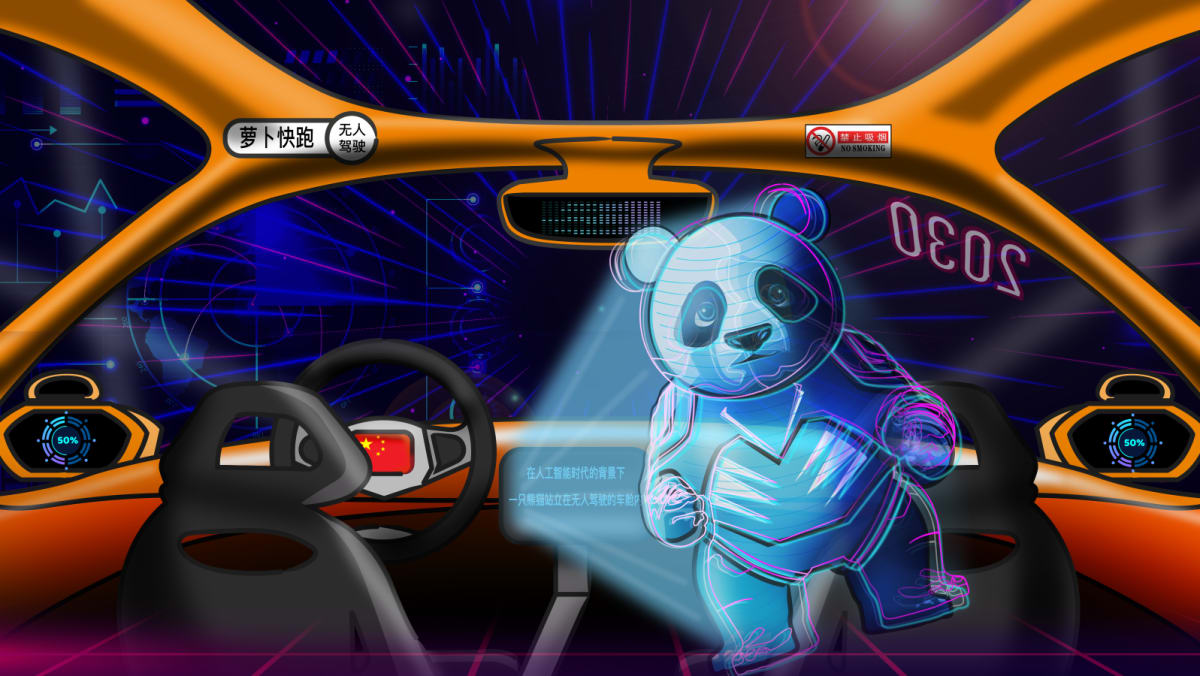IN FOCUS: It’s the halfway mark of China’s roadmap to lead the world in AI by 2030. How is it faring?

Open source is where the source code is freely accessible, allowing anyone to use, modify, and distribute it. In contrast, closed source is where access to the source code is restricted, preventing external alterations and extensions.
Both have their merits. Open-source models allow other researchers and developers to use, learn from and build on them. Meanwhile, the proprietary nature of closed-source models reduces the risks of misuse or abuse, while also allowing for more monetisation opportunities, reports have stated.
However, both also have their drawbacks. Open-source models can face resource and support constraints as they often rely on volunteers, while closed-source models offer limited control and customisation due to access curbs on the training data and internal architecture.
The current landscape in China is believed to be mixed, with some tech players embracing the open-source model while others lean towards closed source. CNA could not find any public data on the overall domestic state of play.
At the recent World AI Conference in Shanghai, Mr Robin Li, chairman and CEO of Baidu, argued that the open-source model would become obsolete. He asserted that Baidu’s Wenxin 4.0 model offered superior performance and adaptability compared to open-source models, achieving better results at lower costs.
However, this view is contested within the Chinese AI community. Mr Fu Sheng, chairman and CEO of Cheetah Mobile and chairman of Orion Starry Sky, countered that “the open-source community would ultimately prevail over closed-source models”.
He argued that open-source models were more practical, saying: “More entrepreneurs and enterprises do not need expensive closed-source 100 billion parameter models, 10 billion parameter models are enough.”
Baidu and Alibaba were among the first Chinese tech firms to add support for Meta’s open-source LLaMA family of large language models (LLMs) to their cloud computing platforms in late April. Tencent quickly followed suit.
The debate also revolves around adaptation and originality. Chinese tech unicorn 01.AI faced controversy last year for building on LLaMA models without making it clear. The firm issued an apology and said it had no intention to mask the source of the AI model.
Analysts say while leveraging existing models to create new ones is common practice, there are potential drawbacks.
Associate Professor Wai Kin Kong from Nanyang Technological University’s (NTU) College of Computing and Data Science noted that it could be problematic if companies lack the capability to understand or modify these models.
Prof Li observed that while Chinese AI players are engaged in both leveraging open-source models and developing their own from scratch, the local community often lacks the vision to create models where the community comes together to tackle complex programming challenges.
A proponent of the open-source movement, he emphasised the importance of adhering to open-source principles and contributing back to the community.
“We don’t need 100 large models; a few well-contributed and shared models would be ideal,” Prof Li said.
Source: CNA















